Hello everyone. Today, I’d like to talk a bit about “the hidden truth behind Japanese mythology.” The myths depicted in the Kojiki and Nihon Shoki might contain another aspect, different from the official history we learned in school.
The Birth of the Japanese Archipelago and the Story of Izanagi and Izanami
Let’s start with the famous deities, Izanagi no Mikoto and Izanami no Mikoto. “Izanagi” (伊邪那岐) and “Izanami” (伊邪那美) are the same deities as “Izanagi” (伊弉諾) and “Izanami” (伊弉冉). Only the kanji notation differs; their pronunciation and divine status are the same, used differently depending on the source material or era.
| Notation | Reading | Features |
| 伊邪那岐命・伊邪那美命 | Izanagi no Mikoto・Izanami no Mikoto | Relatively newer notation. Often seen in Kogo Shūi and shrine deity listings. |
| 伊弉諾命・伊弉冉命 | Izanagi no Mikoto・Izanami no Mikoto | Classical notation appearing in Kojiki, Nihon Shoki, etc. |
They are said to be the first married deities who were commanded from Takamagahara to create the Japanese archipelago. Furthermore, they successively gave birth to the gods we know, such as Amaterasu Omikami, Tsukuyomi no Mikoto, and Susanoo no Mikoto.
However, there is actually another hidden story here.
Was Amaterasu Omikami’s True Form “Amateru”?
The “Amaterasu Omikami” we know is said to be the goddess who rules the sun, but there is a theory that she was originally a male deity named “Amateru.” Actually, he is a male deity, lol.
His formal divine name is Amaterukunituruhikoamenohorukushimikatamanigihayahinomikoto. …It’s long, isn’t it? (lol)
It is said that this “Amateru” appeared riding a shining sphere (like a UFO), and there is a theory that he was a Dragon Race being who visited Earth in ancient times.
Eventually, in the Yayoi period, a being called “Ninigi” arrived in Japan from the continent. He erased Amateru from history and, in his place, created the female deity “Amaterasu Omikami.” This myth is said to have been transformed and preserved as the “Ama-no-Iwato Legend.” (So, Amaterasu is a male deity, right?)
Also, the gods… are enshrined in various shrines across Japan under numerous alternate names, making it truly difficult to summarize them all. Everyone works too hard, lol!
Did Jomon People Communicate Telepathically?
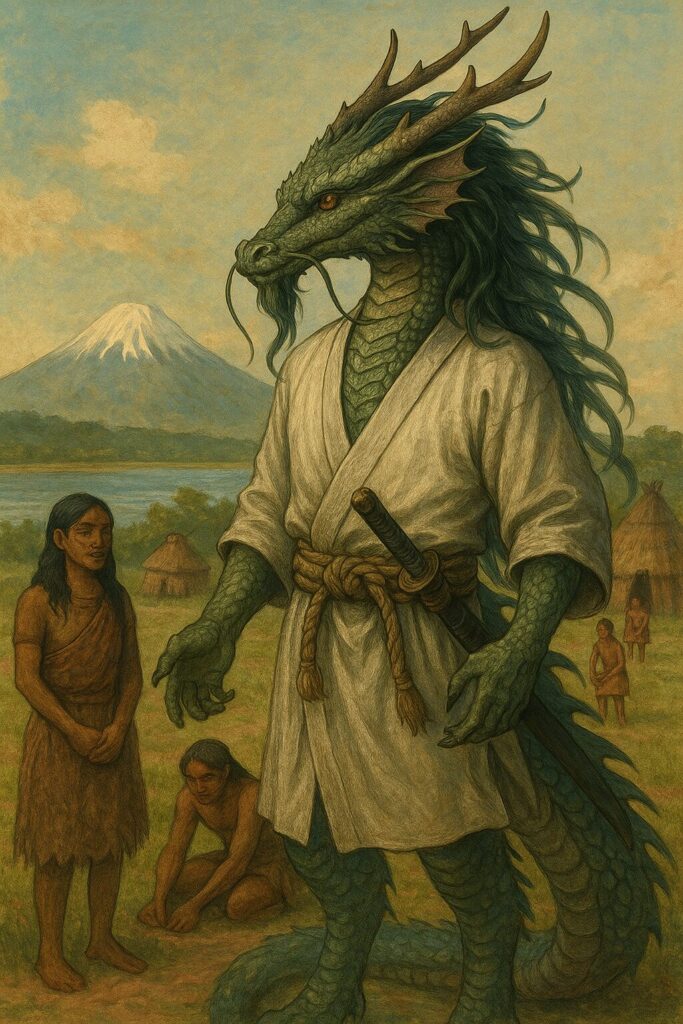
Lemurians, said to be descendants of Mu, built 100 villages in the Japanese archipelago, Mioi, and Tamiara. These are the people who would later be called the “Jomon people.” What’s astonishing is that they communicated not with words, but with telepathy. They also connected with the Earth, animals, and plants, and had no attachment or desire for possession of material things.
“Whose land is this?” “Who owns this mountain?”
They didn’t even have such thoughts.
The Goshikijin (Five-Colored People) and Their Journey to the World
The Dragon Race created the “Goshikijin” (Five-Colored People), who were especially chosen among the Jomon people.
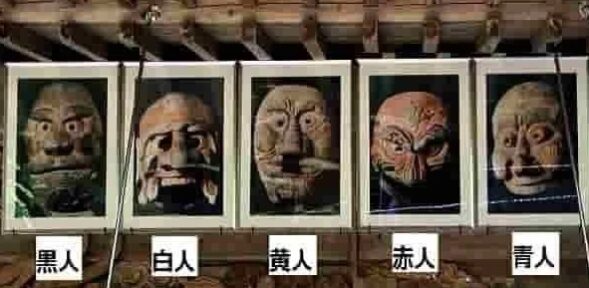
- Yellow people (Japanese, Mongolians, etc.)
- Red people (Native Americans, ancient Jews, etc.)
- Black people (Middle Eastern, African descent)
- White people (European descent)
- Blue people (Polynesian, Hawaiian, etc.)
They traveled worldwide in flying vehicles called “Ameno-ukifune” (heavenly floating boats) and became the indigenous people of their respective lands. The Hopi, Navajo, ancient Maya, Sumerians—all were born through this flow.
Who is the Little-Known Deity Ugayafukiaezu?
Do you know the deity Ugayafukiaezu? His formal divine name is Amatsuhikohikonagisatakeugayafukiaezu no Mikoto. Too long (^ω^)
He is the father of Emperor Jinmu and the son of Yamasachihiko and Toyotamahime, the daughter of the sea god. He is the last of the three generations of the Hyuga deities in Japanese mythology, but his description in both the Kojiki and Nihon Shoki is extremely brief, merely mentioning his lineage and burial place. Despite being the father of Emperor Jinmu, the first emperor, the description of Ugayafukiaezu is terrifyingly scarce.
This deity, barely mentioned in the Kojiki, actually appears in ancient documents as the symbol of a dynasty that lasted for 50 to 70 generations. He is also said to be the incarnation of a Dragon God, who constantly stayed by and protected the Jomon people.
Another story of Japan, not written in history textbooks. It might be the memory of coexistence with the Earth, residing in the souls of the Jomon people.
The following is for a fee. Whether you believe it or not is up to you. Apologies for the display issues with codoc, which is still not very user-friendly. Thank you for your understanding 🐉.
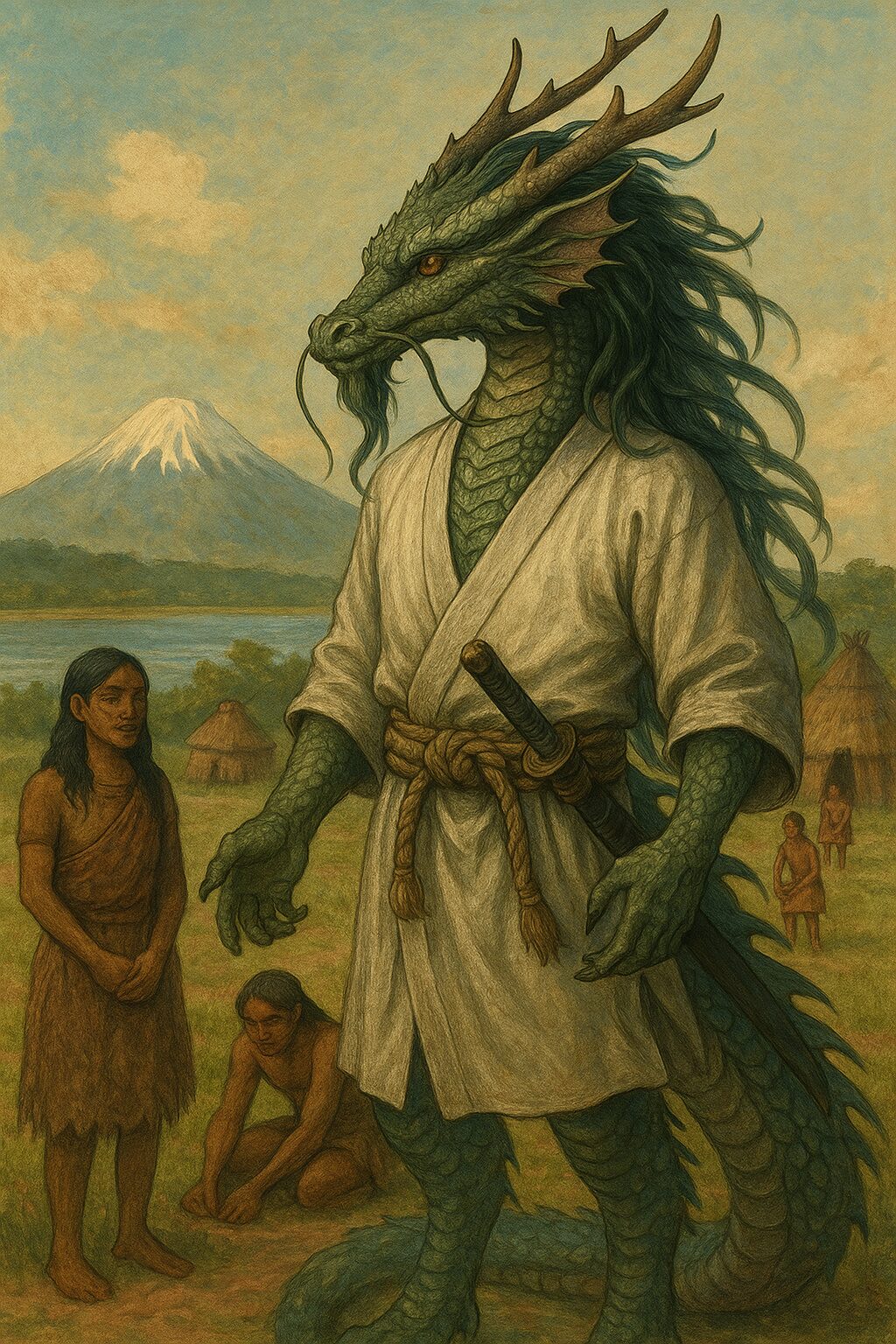
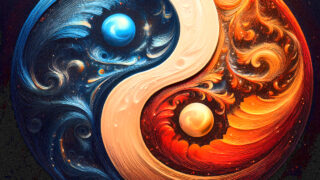
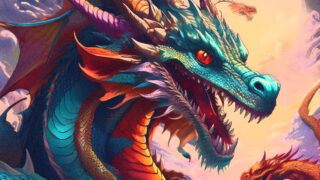
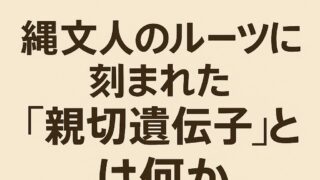
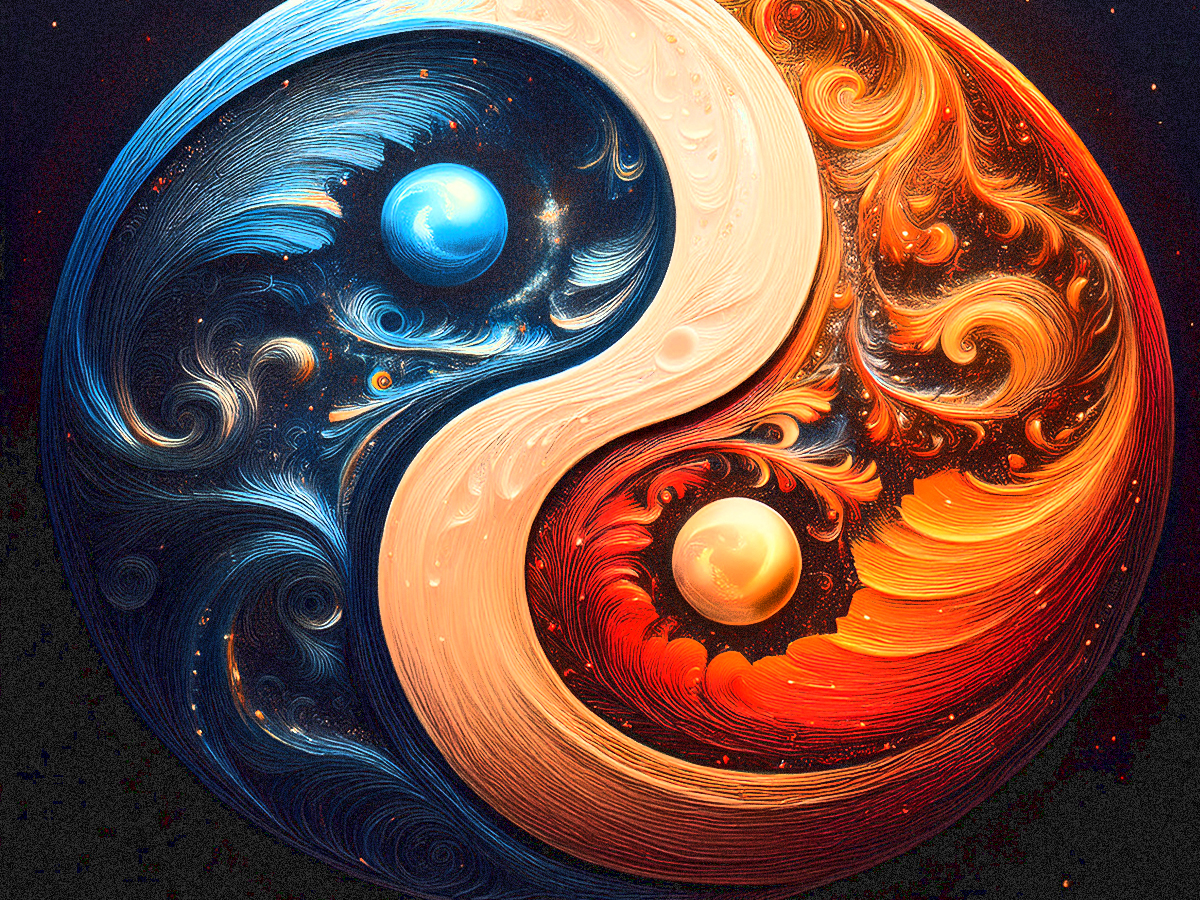
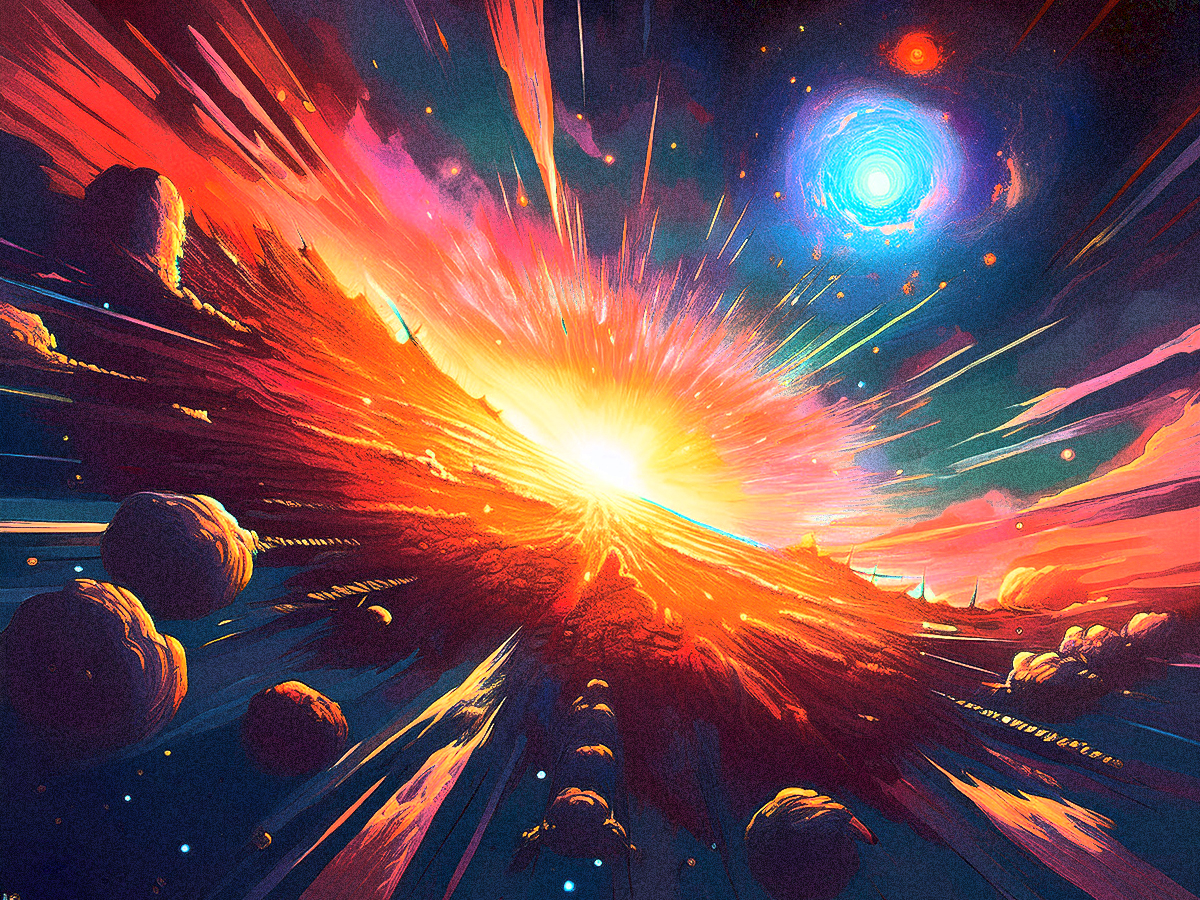
コメント